
Exploring Dutch Street Design
An exploration of how we can connect people to land through cultural and ecological centric design.
The MKSK Trek Fellowship is a funded travel and research program open to MKSK professionals to explore critical issues in design, landscape, planning, and urbanism.
This Trek to Amsterdam, Netherlands provided first-hand experience navigating the city’s multi-modal transit infrastructure, cultivating an understanding of the psychology of how people behave when moving through public spaces. Much of the study, outside of biking, walking, and tramming through the city, was spent uncovering how Amsterdam was able to escape their 20th century fate in becoming as auto-centric as most modern cities, and what planners can learn from their choices.
The research was organized into site visits throughout the city, looking at streets and neighborhoods that included a variety of land uses, population cohorts, and hierarchies of transportation infrastructure. The site visits worked in tandem with research on the history of traffic safety in The Netherlands, telling a story of how the Dutch protested the expansion of car infrastructure in the post-war era and established a Sustainable Safety Model, or Duurzaam Veilig, which had a considerable impact of reducing the country’s traffic fatalities by roughly 80%:
The research findings reflected the prioritization of pedestrian and cyclist safety through observed design principles, categorized into two types in the Sustainable Safety Model, including:
DESIGN PRINCIPLES:
Functionality of roads: Inner-city roads are categorized by their primary use. Each category holds different requirements.
(Bio)mechanics: limiting differences in speed, direction, mass, and size, giving road users appropriate protection
Psychological: aligning the design of the road traffic environment with road user competencies
ORGANIZATIONAL PRINCIPLES:
Effectively allocating responsibility
Innovating the traffic system
These design principles promote the ease of use over Dutch streets through their predictability, homogeny, and forgiveness. The site observations, photos, and discovery of both Dutch design successes and failures can be utilized by our planners to promote healthy, vibrant streets in the communities we work in.



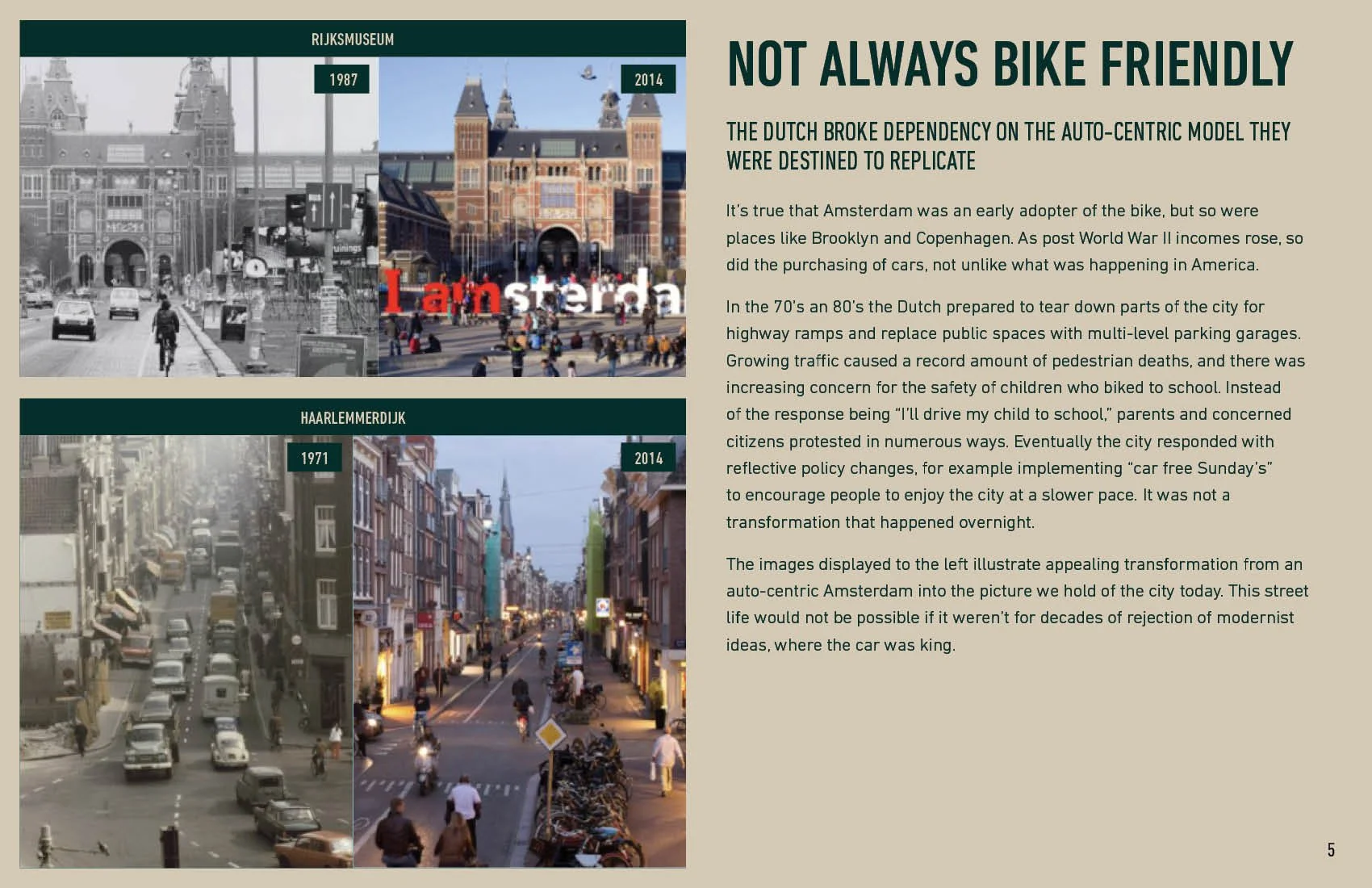














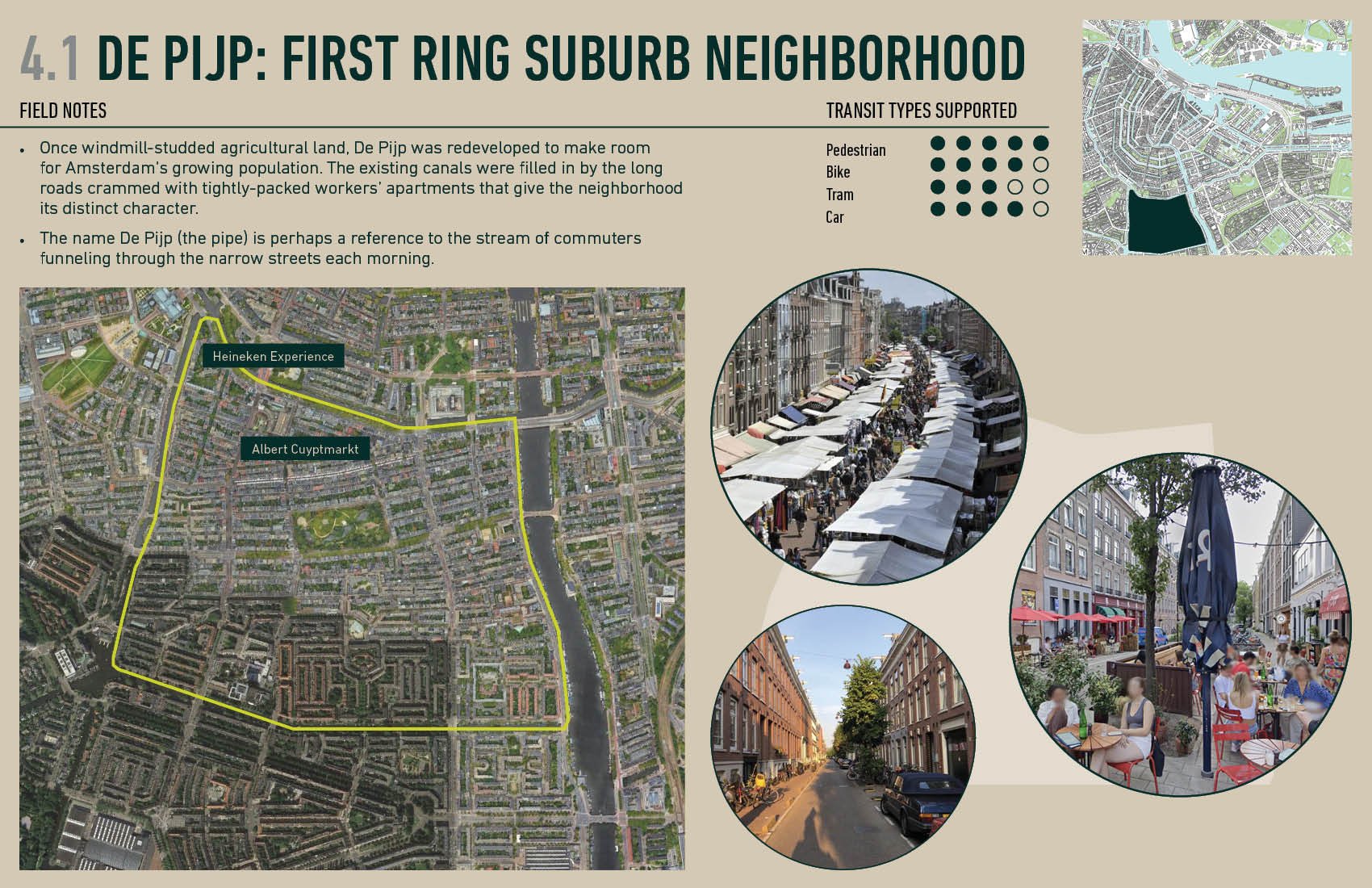

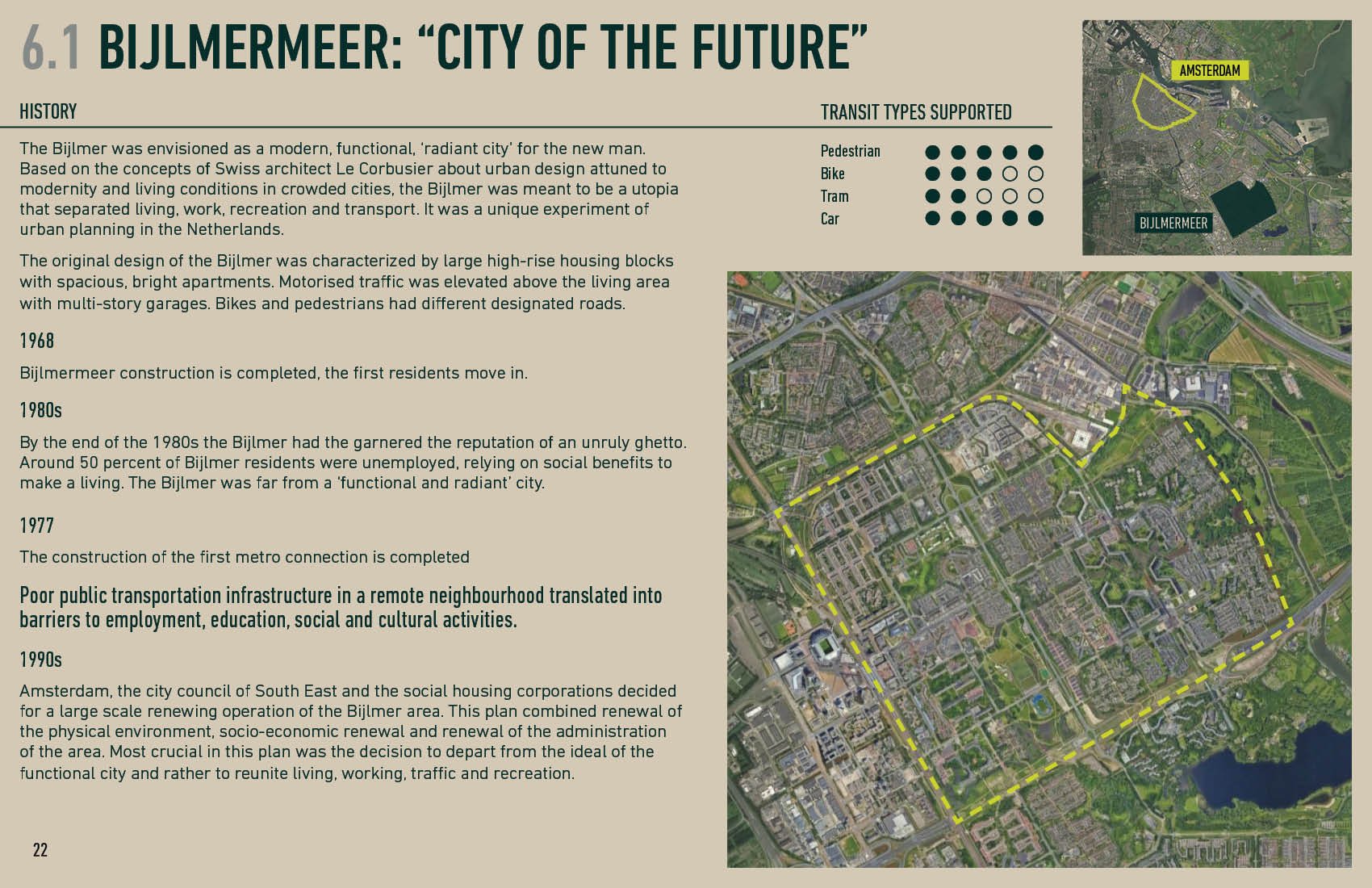

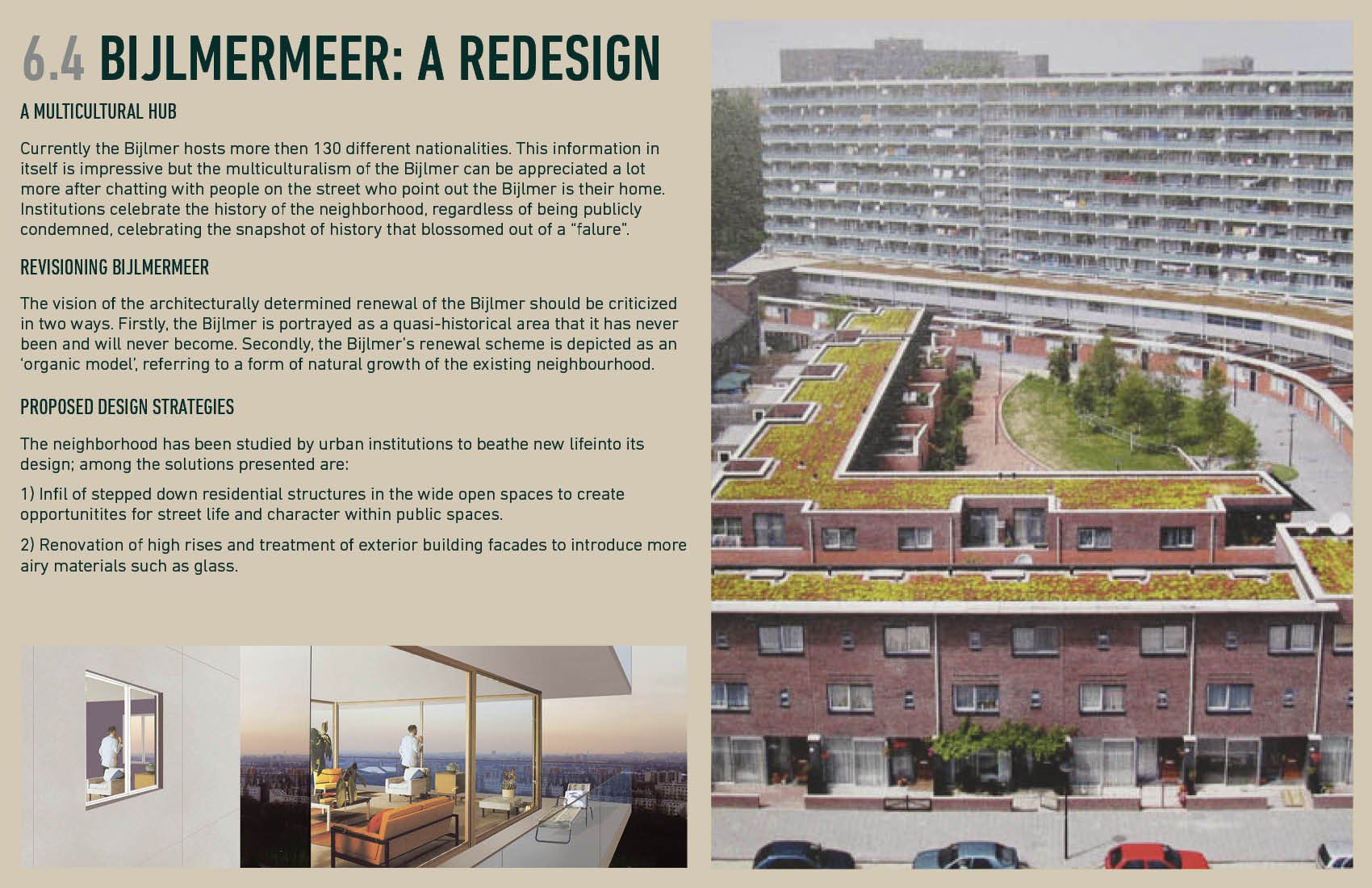

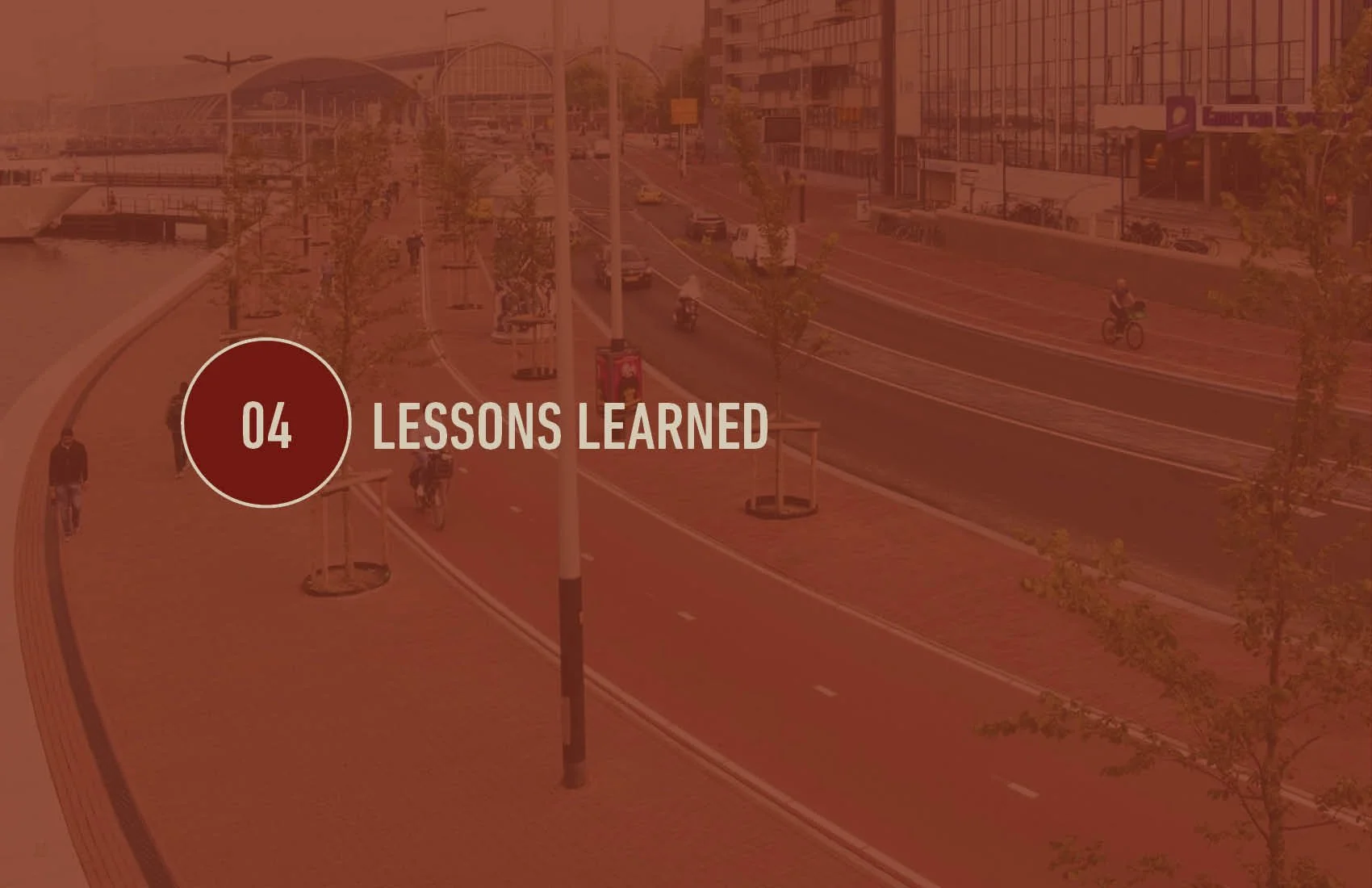



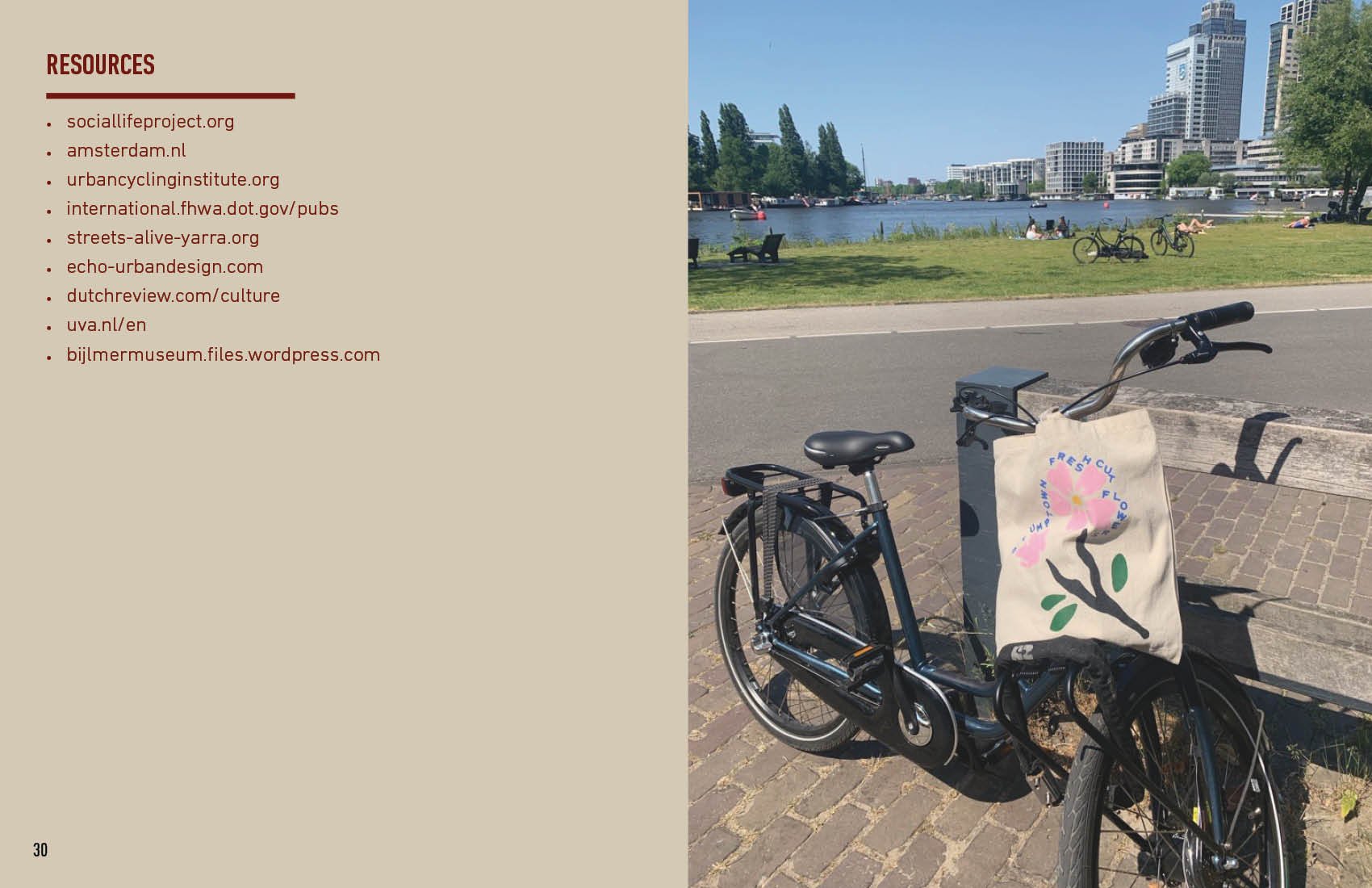
To view the full Trek presentation, click here.
Emily Silvius is an Urban Planner based out of Cincinnati, Ohio, who believes experiential learning is critical to her understanding and improvement within the field of planning. Emily has experience in all stages of design from concept development through implementation and has assisted in a variety of project types including large-scale urban design and development projects. Travel is a constant source of inspiration for Emily and she is continually exploring diverse urban fabrics, seeking a broader perspective on ways to blend innovative design with cultural authenticity.
